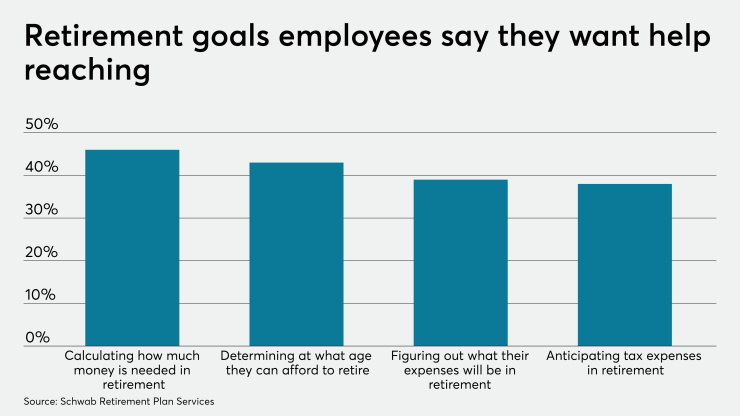Financial wellness benefits may be more popular than employers and benefit advisers think. In fact, it’s not inconceivable that employees will come to expect financial wellness benefits the same way they’ve come to expect health insurance and retirement savings accounts, says Matt Bahl, vice president financial wellness strategies at Prudential.
Increasingly, individuals need a broader set of tools and solutions that aren’t just focused on retirement savings, but also the day-to-day money challenges that get in the way of financial fitness, says Bahl.
Recent research points out an advantage that many employers may have in their role as financial wellness providers — their employees actually trust them.
Three-fourths of employees say they see their employer as a trusted source of help and approximately 60% say they are more committed to their employer and more productive at work when their employer demonstrates a commitment to employees’ financial wellness. These statistics are part of a recent Prudential report,
Those numbers make sense, says Bahl, when you consider that employees are facing so many new and existing financial stresses including student debt (for recent grads and their parents) credit card debt and budgeting problems. “When you consider 40% of Americans can’t afford three months’ worth of expenses at the poverty level, you can see the challenges,” says Bahl, referring to research from Prosperity Now, a nonprofit focused on helping low-income Americans attain financial stability.
Money stresses, as many benefit managers know, can lead to health problems and a lack of productivity in the workforce. According to the Prudential report, 40% of workers had health issues or lost sleep due to financial stress, leading to an average annual increase in healthcare costs of $400 per employee. Three in ten employees say financial stress impacts their job performance and the average employee spent 3.6 hours per week managing personal finance issues at work.
Financial wellness programs can help decrease healthcare costs and absenteeism and increase worker productivity and morale, concludes the Prudential report.
The first step, says Bahl, is to figure out how you can leverage the resources you already have — especially in the healthcare and retirement savings areas — into more comprehensive well-being programs. Then, employers can identify the needs of the workforce and determine how to augment and add programs for more targeted financial wellness benefits, he adds.
Prudential, for example, has implemented a program that allows employees to save for emergencies before or at the same time they are saving for retirement, contributing after-tax dollars in a savings vehicle plan. “That’s a good example of augmenting an existing program,” Bahl explains. “We looked at it and asked how can we leverage our retirement plans for both long-term and short-term savings?”
Bahl, who worked in human resources before joining Prudential, says that he was often surprised at how forthcoming employees would be about health issues but how reticent they were about finances. “Employers have to find out how they can destigmatize these challenges and create an environment where workers recognize they’re not alone.”
Bahl says that takes more than offering financial education only, a common mistake among employers. “Education has to be paired with opportunities to take action. That’s why leveraging existing programs is so important,” he adds.






